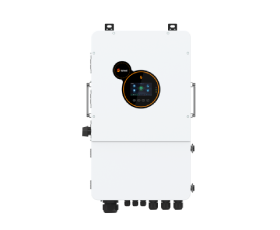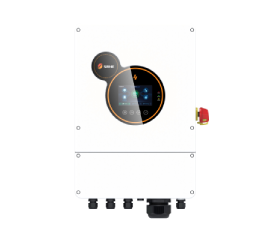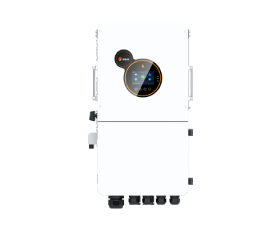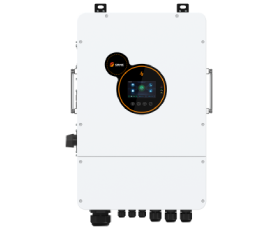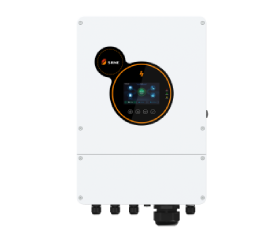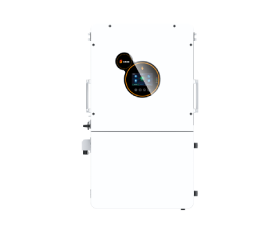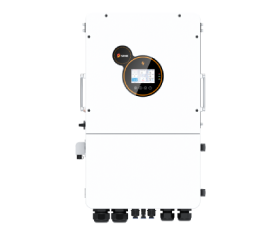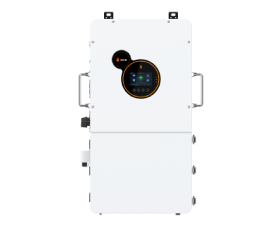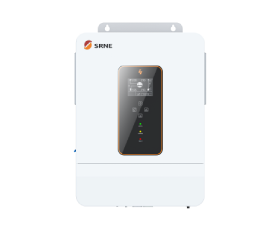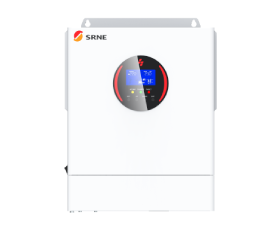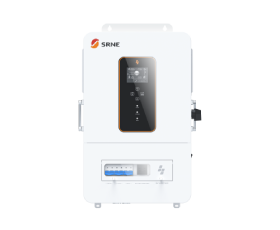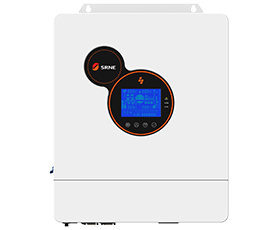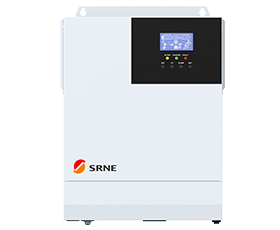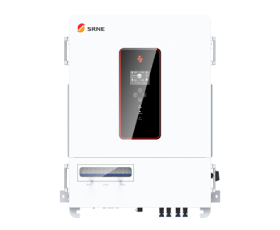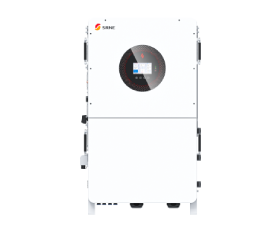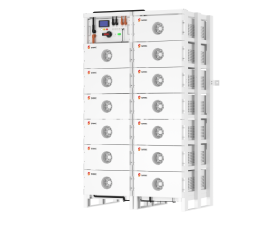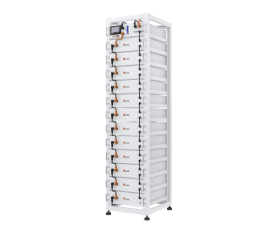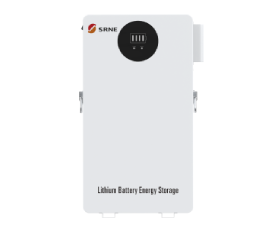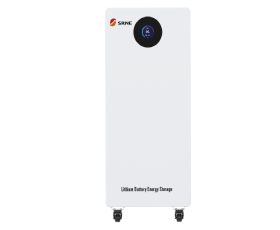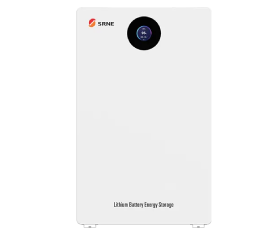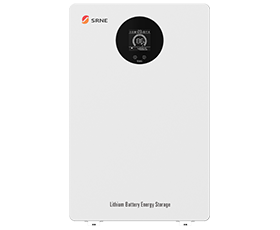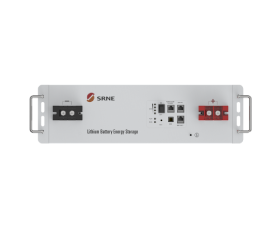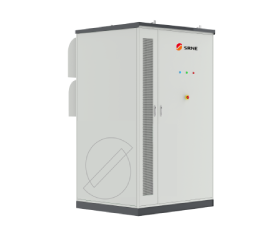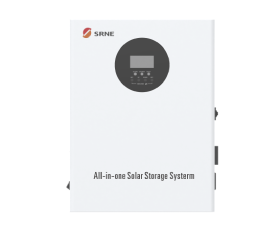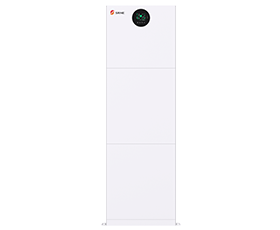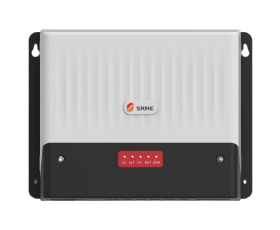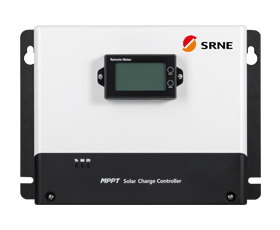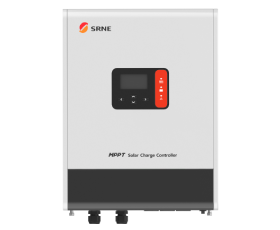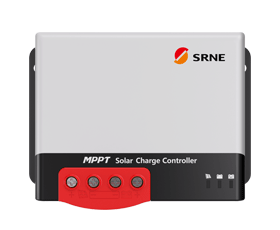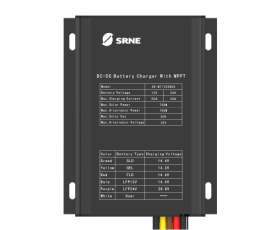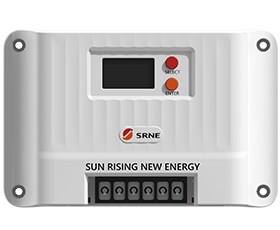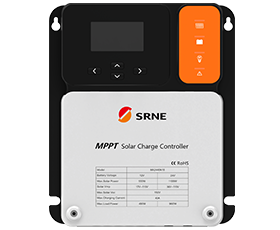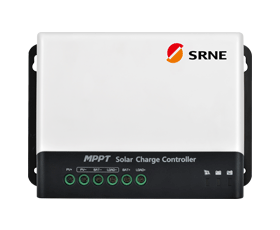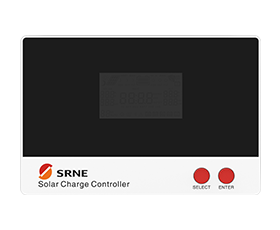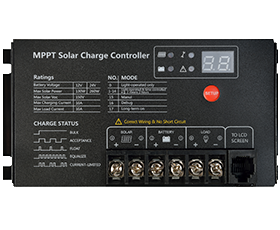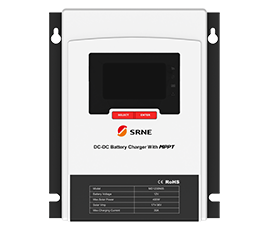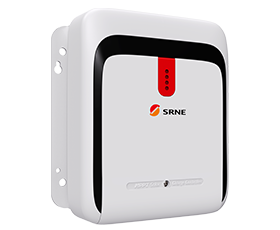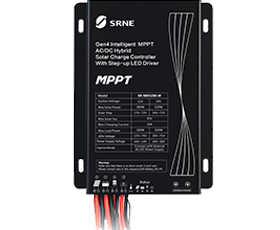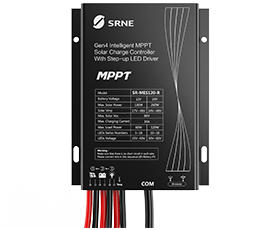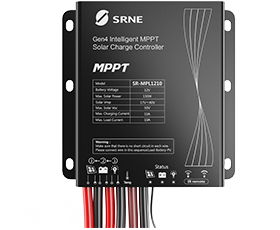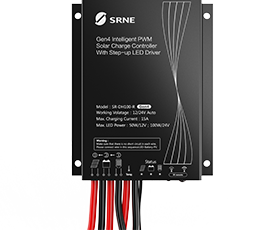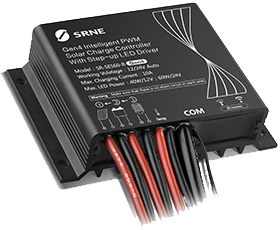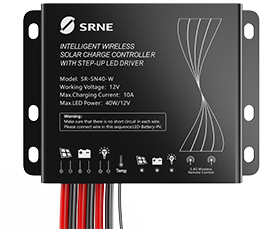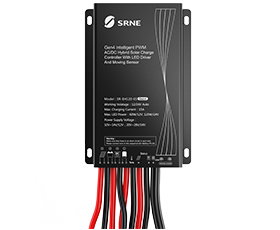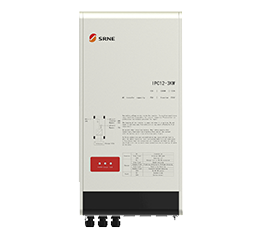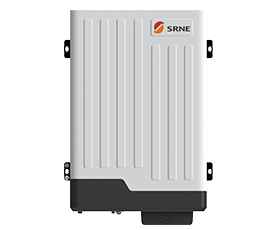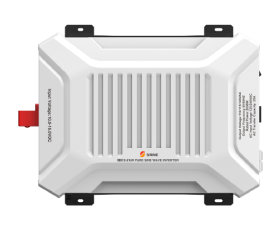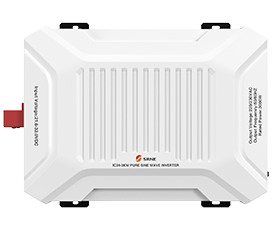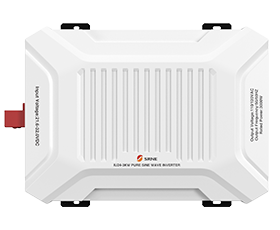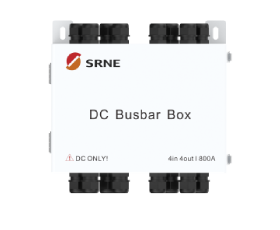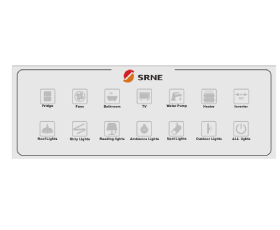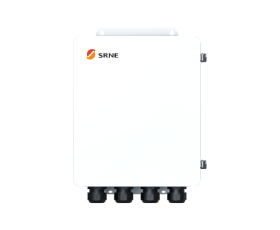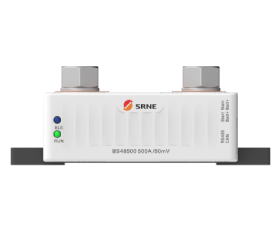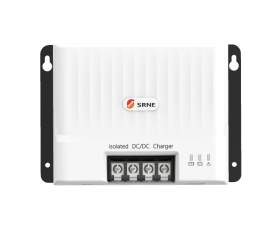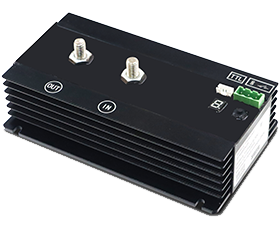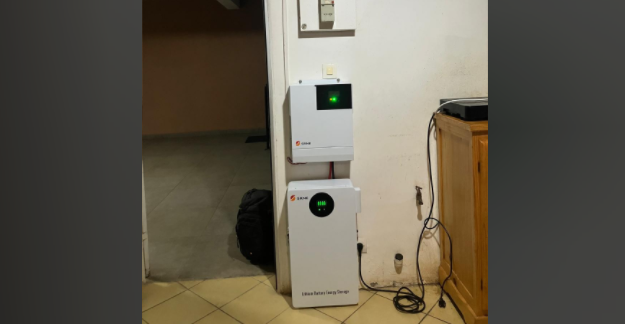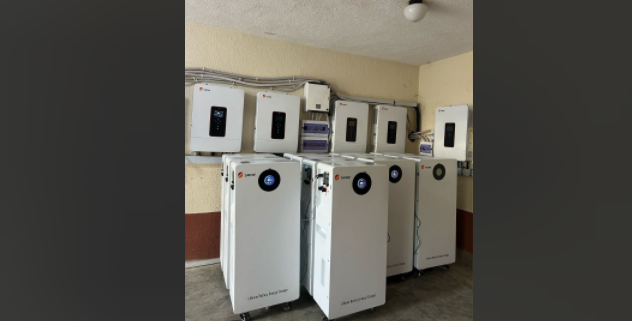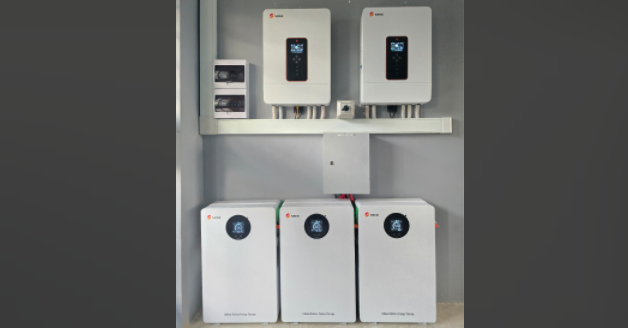Can off grid inverter work without battery
As solar energy continues to gain popularity for powering homes, farms, and remote facilities, many users are exploring whether batteries are truly necessary in an off-grid system. This article explores whether an off grid inverter can operate without a battery, and if so, how to design and manage such a system effectively. We'll cover the types of inverters that support battery-less setups, key design strategies, practical limitations, and the pros and cons of going without energy storage.
What Is an Off Grid Inverter ?
An off-grid inverter is a crucial part of a standalone solar power system, designed to function entirely without a connection to the public electricity grid. Its primary role is to convert direct current (DC)—generated by solar panels or stored in batteries—into alternating current (AC), which powers standard household or industrial equipment.
These systems are ideal for remote locations where grid access is unavailable or unreliable—such as rural properties, cabins, farms, or mobile setups. The inverter enables these environments to use conventional AC devices like refrigerators, lighting, and electronics.
SRNE Off-Grid Inverteroffers a reliable and efficient solution for these applications. With the ability to reduce energy expenses by up to 50% annually, SRNE Solar's off-grid inverters deliver exceptional performance and value. Backed by over 10,000 successful installations worldwide, they are trusted by users across diverse environments.
Ready to cut your energy costs and gain energy independence? Discover what SRNE Off-Grid Inverters can do for you today.
Core components of an off grid solar setup:
Solar panels – Harvest sunlight and produce DC electricity
Charge controller – Manages charging of the battery system (MPPT or PWM)
Battery bank – Stores surplus energy for night-time or cloudy-day usage
Off-grid inverter – Converts DC power into stable AC output
AC loads – End-use devices such as lights, fans, TVs, and water pumps
When integrated correctly, these elements form a fully independent power system, capable of delivering reliable electricity without any grid connection.
Is a Battery Always Required for Off-Grid Inverters?
In most off-grid solar power systems, batteries play a vital role. This is primarily because solar energy is inherently variable—it depends on factors like time of day and weather conditions. Without a storage solution, any solar power that isn’t used immediately is simply lost. Batteries address this challenge by capturing surplus energy during peak sunlight hours and making it available during the night or cloudy periods, ensuring a reliable and continuous power supply.
That said, not every off-grid setup absolutely requires a battery. In some minimalist systems with light or intermittent energy demand, it’s possible to run certain loads directly from solar panels. This configuration, often referred to as a battery-less or solar-direct system, allows appliances to operate only when sufficient sunlight is present—essentially functioning in real time based on solar input. For example, small irrigation pumps or ventilation fans that only need to run during the day may be powered this way.
However, using an off grid solar inverter without a battery comes with notable drawbacks. Power availability is strictly limited to sunny periods, making the system unusable at night. Additionally, any change in weather—such as cloud cover—can lead to fluctuations in voltage, which may affect sensitive devices or cause system instability. Without batteries to buffer these changes, sudden increases in electrical load could result in voltage drops or even shutdowns.
While this battery-free approach may work for basic, daytime-only applications, it is generally not suitable for users who need consistent, round-the-clock energy or those operating in environments with unpredictable sunlight. For most practical off-grid installations, a battery bank remains a critical component for system stability and usability.
Which Inverters Can Operate Without a Battery ?
While most off grid solar inverters are designed to operate alongside a battery bank, some inverters can function without one—provided certain conditions are met. These systems rely on real-time solar generation and are best suited for specific daytime-only applications.
Hybrid Inverters
Hybrid inverters offer dual-mode flexibility, supporting both grid-tied and off-grid configurations. Many modern hybrid units are equipped with features that allow them to deliver solar power directly to appliances when no battery is connected or when the battery is fully discharged. This makes them ideal for users who want the option to add energy storage later or maintain operation during battery maintenance.
DC-Coupled vs. AC-Coupled Systems
In DC-coupled systems, solar power typically passes through a charge controller and is stored in batteries before conversion to AC power. As a result, these setups usually require battery storage to function properly.
In contrast, AC-coupled systems can, in some cases, deliver power directly from solar panels to AC loads, as long as the solar output closely matches the demand. However, without a battery to buffer fluctuations, this approach may lead to power instability, especially during cloud cover or sudden changes in load.
MPPT Inverters with Battery-Optional Capability
Certain off grid solar inverters with advanced MPPT (Maximum Power Point Tracking) technology are engineered for battery-free daytime operation. These devices can fine-tune voltage and current output to align with real-time energy consumption, making them a practical choice for applications like irrigation, exhaust fans, or other systems that only run during sunlight hours.
Inverter Models That Support No-Battery Operation
Some commercially available inverters support limited operation without batteries. Notable examples include:
Growatt SPF Series – Some models allow solar energy to power loads directly, even in the absence of battery storage.
Victron MultiPlus – In hybrid installations, it can provide real-time solar power to connected loads without relying on batteries.
Voltronic Axpert Series – Features a “PV priority” mode that favors direct solar output when conditions allow.
Must Power Inverters – Certain versions implement “solar first” logic, enabling solar-to-load functionality without requiring a battery.
Note: Always verify product specifications or consult the manufacturer to ensure the inverter supports battery-less operation, as this capability is not standard across all models or firmware versions.
How to Use an Off Grid Inverter Without a Battery
Running an inverter solar off grid system without batteries is feasible, but it requires deliberate planning and precise system configuration. Since there’s no energy storage to bridge the gap between power generation and consumption, the system must operate in real-time, with solar output consistently meeting the electrical demand.
System design essentials
The first requirement is selecting an inverter that explicitly supports battery-optional functionality. Many off-grid inverters depend on battery banks to stabilize output and manage load variations, so choosing a model that can deliver solar power directly to connected devices is critical.
Your solar array must also be properly sized to generate enough energy throughout the day to support all intended loads. Incorporating an efficient MPPT (Maximum Power Point Tracking) charge controller is highly recommended, as it fine-tunes the solar output to respond dynamically to changing sunlight conditions and load demands.
Sizing your solar array accurately
Without battery storage, system performance depends entirely on solar generation during daylight hours. That means your panel array must exceed peak load requirements—even under imperfect weather. For example, if your appliances draw 1.5 kW, your panels should consistently produce at least that amount during active usage periods. Slightly oversizing the system helps account for temporary shading, angle loss, or cloudy intervals, ensuring more stable power delivery.
Load management and smart scheduling
Effective load management is vital in a battery-free setup. Because energy isn’t stored, devices must be powered only when sufficient solar input is available. Using smart load controllers or energy monitoring systems can help regulate usage and prevent overload.
High-consumption appliances like water pumps or heaters should be run only during peak sunlight hours, while non-essential loads can be turned off to conserve power during low-generation periods. Strategic load scheduling helps keep consumption aligned with solar supply, reducing the risk of voltage drops or inverter shutdowns.
Working within daytime-only limits
A system without batteries is inherently restricted to daylight operation. Without any energy reserve, power is unavailable at night, in the early morning, or during prolonged cloudy weather. As such, this configuration is best suited for applications that only require daytime electricity, including:
Ventilation systems or fans
Agricultural irrigation
Workshop tools used during the day
Daytime task lighting in remote locations
This setup is not ideal for households or businesses that need uninterrupted power around the clock.
Challenges and limitations to expect
There are several trade-offs to operating without a battery. Solar production can drop suddenly due to shading or cloud movement, causing voltage irregularities that may affect connected devices. Sensitive electronics may malfunction or fail to start if the power fluctuates. Furthermore, without energy storage, the system offers no backup during the evening or during periods of low solar availability, unless supplemented by a backup generator or alternative power source.
Protection and safety measures
Even in systems without batteries, protective features are critical to ensure stable operation. Surge protectors and voltage regulators can defend connected devices against power fluctuations. Using a pure sine wave inverter is also recommended, as it provides cleaner and more reliable AC output, particularly for electronics. Lastly, be sure to include proper overload and short-circuit protection, which helps minimize damage risk and ensures safe system behavior under varying load conditions.
Pros and Cons of Using an Inverter Solar Off Grid Without a Battery
Running an inverter solar off grid without a battery can be a practical choice for certain situations, especially where power is only needed during daylight hours. While it offers some cost and design benefits, it also introduces challenges that may not suit every application.
Pros
A key advantage is the lower upfront cost. Batteries often account for a significant portion of a solar system’s total expense. Eliminating them helps reduce initial investment and makes the system more budget-friendly.
Another benefit is the simpler installation. Without the need for battery banks, the system includes fewer components, making it quicker to set up and easier to maintain. This also means less routine upkeep, since there's no need to manage battery health, replacements, or disposal.
Cons
The most obvious drawback is the lack of power storage. Without batteries, the system only works when the sun is shining. There’s no energy available at night, during early mornings, or on cloudy days—unless a backup generator is included.
Another concern is voltage stability. Sudden changes in sunlight, such as passing clouds, can cause fluctuations in power output. Without a battery to smooth out these changes, connected devices may experience performance issues or system interruptions.
Finally, there are limitations on the types of loads the system can support. Appliances with high or variable power demands—like refrigerators, pumps, or air conditioners—require a steady energy supply that’s difficult to guarantee without storage. In such cases, a battery-free setup may not be reliable enough.
Read more:
https://www.srnesolar.com/articledetail/how-to-choose-the-right-off-grid-solar-inverter.html
https://www.srnesolar.com/articledetail/off-grid-inverter-systems-still-worth-it-in-2025.html
Conclusion
While it is possible to run an off-grid inverter without a battery, doing so requires thoughtful system design and realistic expectations. Battery-free setups can be cost-effective and easy to maintain, but they come with limitations in energy availability, load flexibility, and system stability. For applications that only need power during the day, especially in sunny regions, this approach can work well. However, for users needing reliable, round-the-clock electricity, a battery-backed system remains the more dependable choice.




















